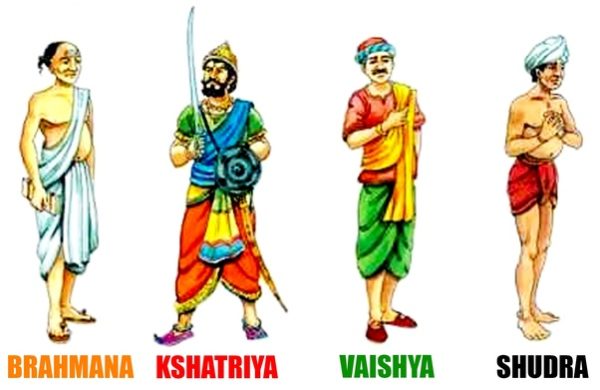What are the various diversities that exist in India?
Ans: Various diversity of India as follows
- Language
- Religion
- Caste
- Region
- Culture
- Festivals
- Life style
- Race
Define Prejudice.
Ans: Prejudice means a preconceived opinion which is formed without any reason or actual experience. Prejudices may lead us to disrespect others and consider ourselves superior to them.
What is Stereotype?
Ans: The word ‘stereotype’ is derived from the Greek word ‘stereos’ meaning ‘firm’ or ‘solid’. Stereotypes are widely held beliefs about people, based on some assumptions
What is discrimination?
Treating someone in an unacceptable or unfair manner, based on prejudices and stereotypes, is discrimination
Write any two slogans against discrimination.
"Stand Together, Fight Discrimination Forever."
" Learn To Appreciate, Not To Discriminate"
"Stop Discrimination For A Better Nation"
Name some great personalities with disabilities
Who was the first female amputee to climb Mount Everest?
Ans: Arunima Sinha
- A secular state is a country where the state is kept separate from religion
- The state does not discriminate or favour persons based on their religious beliefs.
- In ancient times, a person’s caste determined his or her occupation.
- As per the Indian caste system, communities were placed in hierarchical importance.
- The communities placed at the top were called the upper castes Eg Brahmins.
- The communities placed at the bottom were called the lower castes Eg Shudras
- They were treated as untouchable.
- During the pre-independence era, the citizens of India not only fought against British rule but also fought for equality in their own society.
- Women fought for the right to education,
- Marginalised sections of society organised themselves to gain entry into temples,
- Peasants and tribals fought to save themselves from the trap of moneylenders.
- If we look at the current status of equality in India, it is common to find discrimination based on one or more factors like caste, religion, language etc
- For example, people of lower castes are not allowed to enter the houses of the upper caste people, temples or even schools.
- Constitution of India granted the right to equality through fundamental rights to treat all its citizens equally, irrespective of caste, religion and economic background.
- Untouchability is illegal and abolished by law
- People are free to work and live anywhere they want to.
- Jobs in the government sector are open to all
- The Preamble states that India is a secular country where people are free to practise any religion.
- The national anthem, song and festivals brought unity and integrity among the people of India

.webp)

